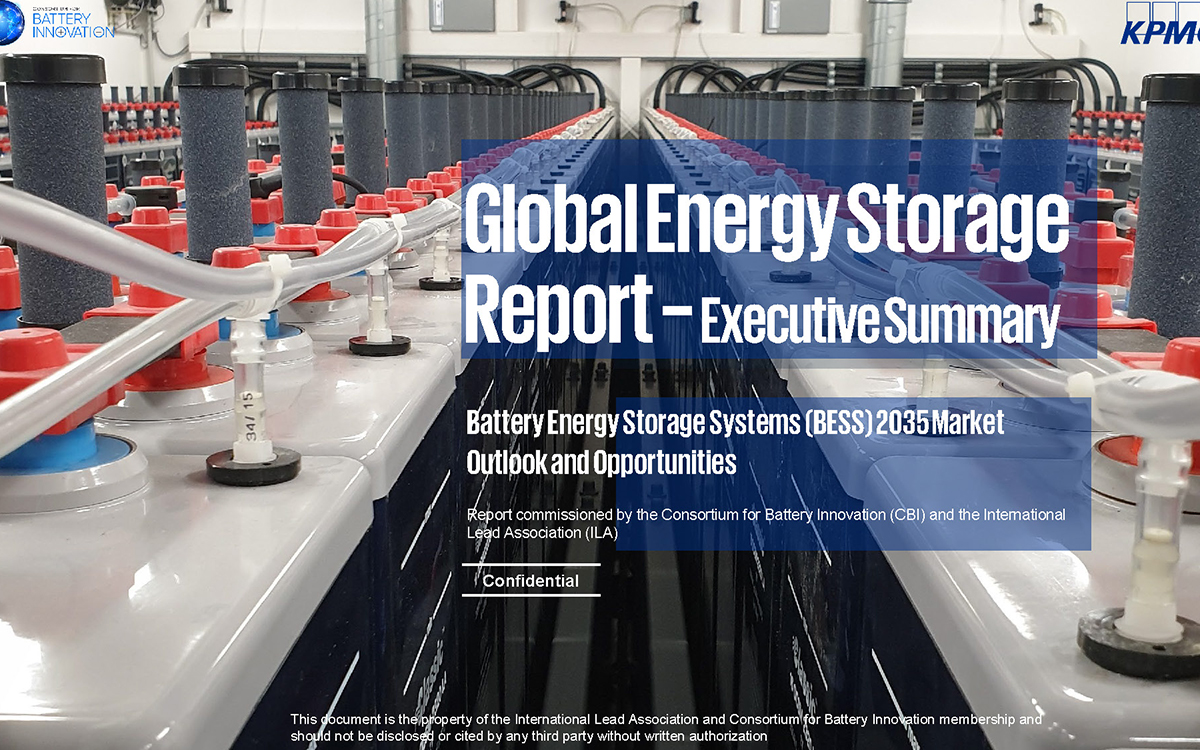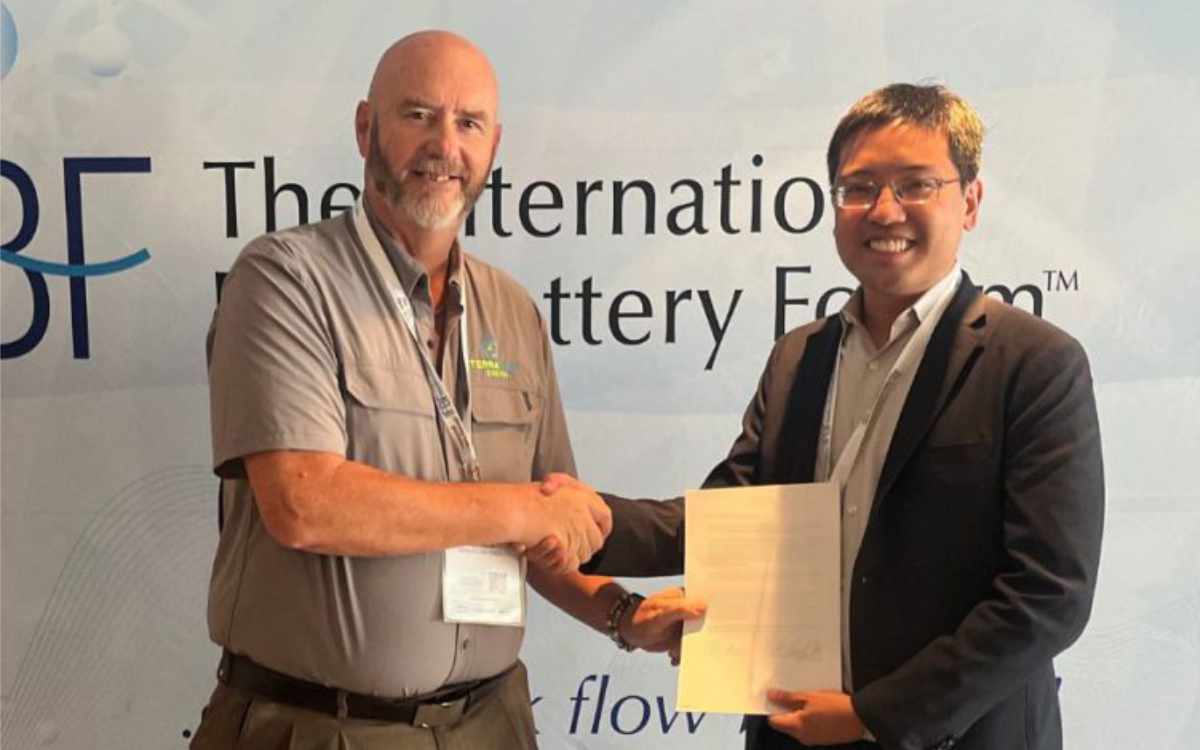The International Conference on Advanced Capacitors (ICAC2007), the second in a series, took place on May 28–30 in Japan at the Palulu Plaza, Kyoto. The meeting was organised and sponsored by the Committee for Capacitor Technology of the Electrochemical Society of Japan. John Miller reports from an event that was strikingly different from what most of us are used to in the West.
Reporting on a technical conference in Japan challenges the reporter in ways that professional conferences in North America and elsewhere usually do not. Quite aside from the papers given, several of which promised . . .
to continue reading this article...
Sign up to any Premium subscription to continue reading
To read this article, and get access to all the Premium content on bestmag.co.uk, sign up for a Premium subscription.
view subscription optionsAlready Subscribed? Log In












